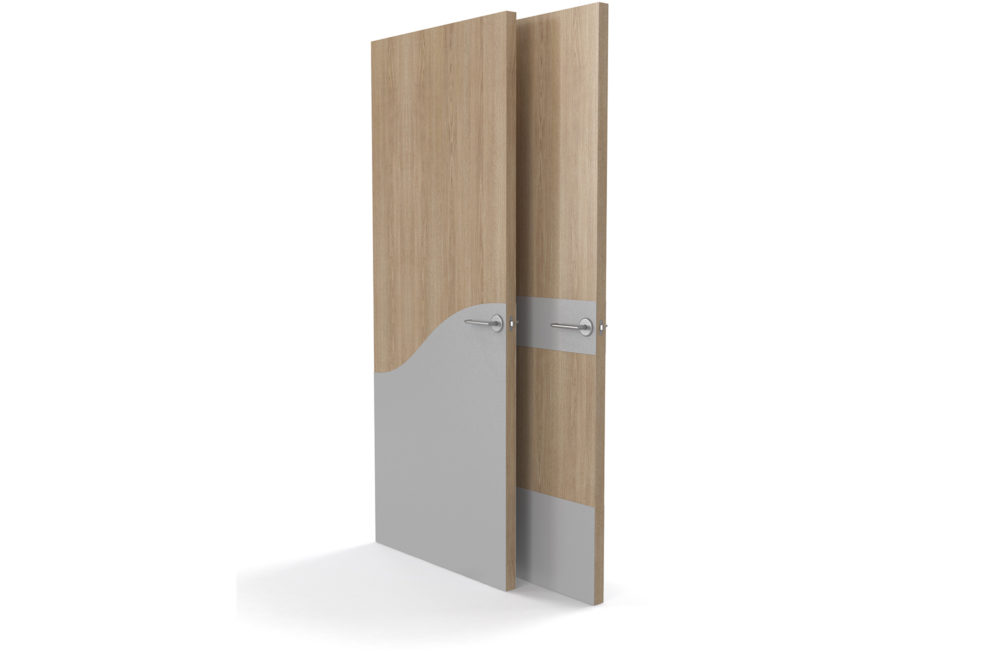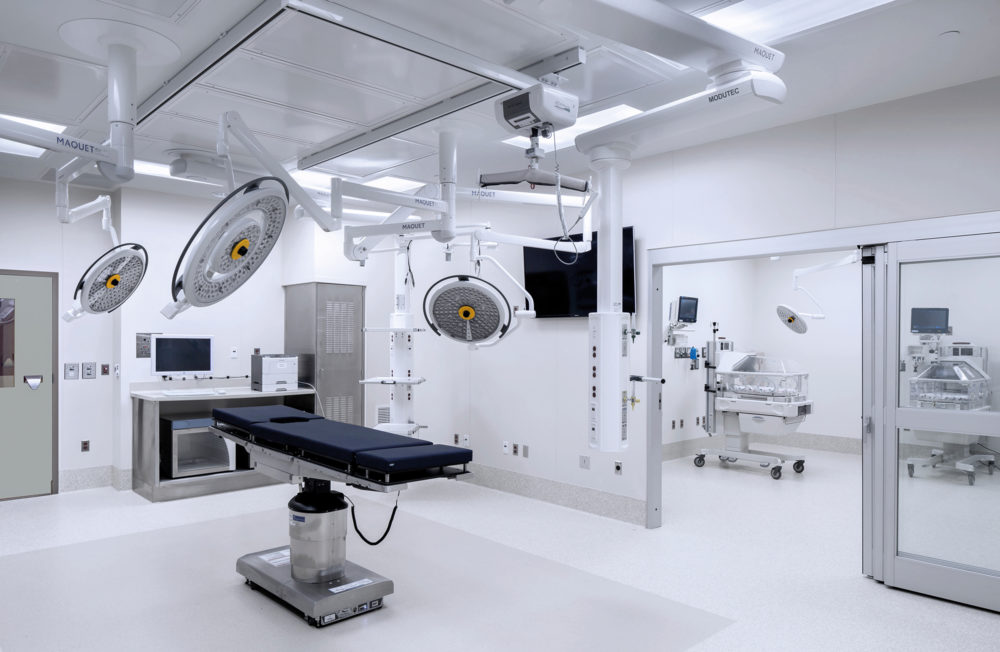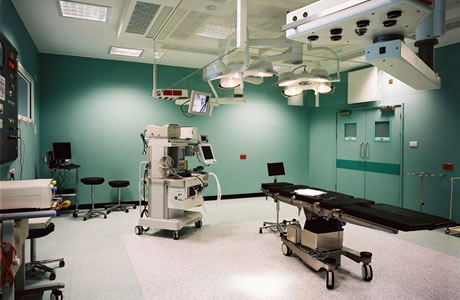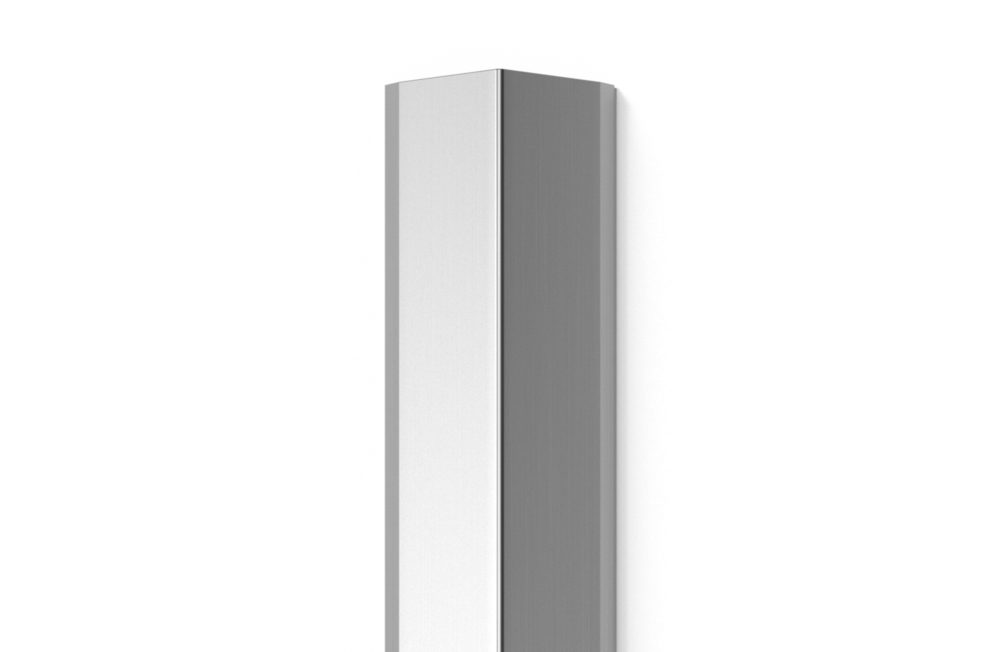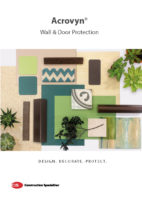Hygiene and daily disinfection of working areas are key concerns for the agri-food and food services industries. The slightest bacterial contamination can have serious health consequences, with the risk of food poisoning and severe bacterial infections such as listeria or salmonella, but also logistical and economic consequences in the form of product recalls for contaminated batches that inevitably result in a loss of turnover.
Designing sustainably hygienic premises for the agri-food industry and food laboratories
Premises that house a food laboratory must be designed and set out in a way that supports and simplifies the regular cleaning processes required by the sector’s hygiene rules.
These strict routines must always be recorded in a health control plan. This regime prevents and combats potential sources of bacterial contamination.
It follows that all movement, whether human (arrival of staff, service providers etc.) or logistical (loading and unloading of goods), must be observed and covered by a specific hygiene protocol. The building’s finishing touches, such as floor, wall and non-automatic door surfaces are by definition included in the hygiene plan and need just as much frequent cleaning.
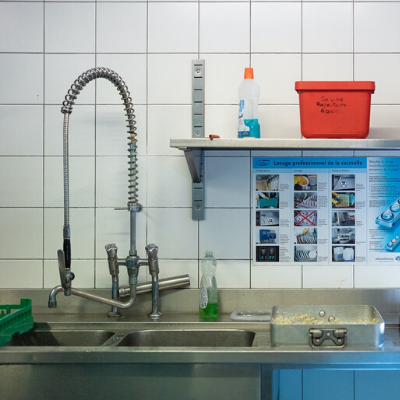
When it comes to hygiene and cost-effectiveness, which surfaces are best, out of all the materials used in industrial kitchens in the agri-food industry?
Glazed ceramic tiling is easy to clean, inexpensive, very durable and has long been a staple when choosing surfaces in food industry premises or restaurant kitchens. Despite its durability, however, this surface has porous and rough grouting between the tiles. This porosity is conducive to the growth and spread of bacteria on tiled walls or floors. If an area needs to be refurbished to extend its lifespan, a great deal of work is involved in removing existing tiles, then installing a more modern surface that is better suited to the environmental constraints of a sensitive area.
This is why smooth, easy-to-clean surfaces, without grouting, can limit the growth of bacteria and are recommended over tiles. Many food laboratories use large aluminium panels to limit gaps, or reduce bacterial exposure with Acrovyn® panels. Acrovyn® resin panels boast not only bacteriostatic properties but are also highly impact-resistant, unlike aluminium which often dents when hit.
When choosing a wall covering, it is wise to consider how likely damage and impact will be. If the premises will be used intensively and the walls are not protected from the start, visible and permanent signs of wear and tear like impact marks and dents will quickly show. The premises will then start to look neglected and will not meet hygiene plan standards. These marks mean costly refurbishment will be necessary to repair damaged surfaces.
Flexible coatings such as wall vinyl are also easy to clean and have the advantage of no porous grouting. When walls are covered with this kind of surface, however, they are not protected against impact. Although they are made to withstand steam cleaning and abrasive detergents, their weak point is revealed with the risk of tearing. They do not cope well in contact with angular stainless steel objects like trays, food containers or trolleys, which are commonplace in restaurants and the agri-food industry. To solve this problem and avoid gaps appearing in which bacteria may grow, crashrails and bumpers designed especially for the intended environment, or wall reinforcements such as Acrovyn® panels fitted halfway up the wall, can prevent snags on flexible wall coverings.
Did you know?

Sources:
Wikipédia / Musée des Confluences (Lyon, France)
Credit photo Olivier Garcin
"Animacles"
Bacteria appeared on Earth 3.8 billion years ago. Antoni van Leeuwenhoek, a Dutch draper and scientist, was the first to observe them in 1668 using a microscope of his own creation. When he discovered them, he called them animalcules before they knew the name bacteria.
Discover CS solutions to keep an hygienic buidling

